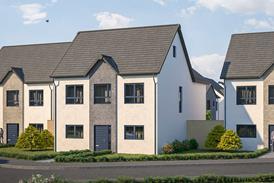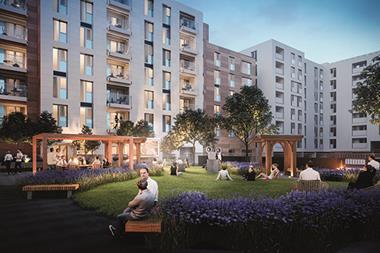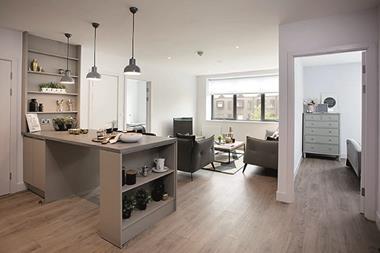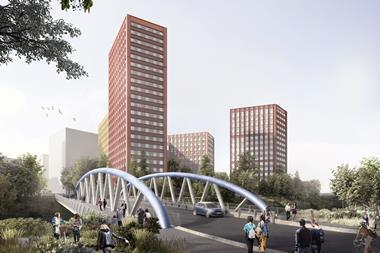
Our society is leading to increasing issues of loneliness for both younger and older people. Residential developments designed and built around a rental model can do much to overcome that loneliness.
Tracey Crouch has been appointed as the UK’s first minister for loneliness. The move is the result of work undertaken by the Commission on Loneliness, set up by late MP Jo Cox.
The UK is in the midst of a loneliness epidemic, with a 2017 report from the commission finding that loneliness is as harmful as smoking 15 cigarettes per day in terms of its impact on health. The number of single households is already on the rise and due to increase by a quarter (an additional 1.7 million households) by 2039, according to government projections.
Housing plays a key role in our society in terms of building communities, particularly in city environments. Good design can help build feelings of connectivity that bring about multiple benefits for residents’ mental health. With build to rent accommodation taking off in the UK, we have a unique opportunity to use housing to reduce loneliness and bring about positive change.
Loneliness is often associated with older people who live alone, but they are not the only group affected. Young people in urban areas often suffer with feelings of loneliness, as do downsizing parents whose children have flown the nest. Our changing approach to relationships has also resulted in many people feeling lonely. The average age at which people married in 1971 was 22.6 for a woman and 24.6 for a man; by 2017, it had changed to 30.8 and 32.7 respectively.

The spread of age groups residing in build to rent accommodation provides the opportunity to address some of these issues. Downsizers who rent are a growing contingent, with many enjoying the experience of urban living and the continued connection with younger generations that it offers. With individuals, couples and families all living together in one development, social opportunities abound. The design of the development supports this too, with shared communal facilities such as club lounges, gyms, outdoor space and even the entrance lobby all offering developers the chance to promote social interaction between residents.
The staff team who support build to rent developments also play a role in promoting community spirit and building social interaction. A friendly, helpful on-site team, made up of people who genuinely care about residents’ welfare, can make a big difference to the lives of those who live there. So too can the events that the team organise. Social barbecues, Christmas parties and the screening of major sporting events give residents the chance to connect with like-minded individuals whom they might not otherwise encounter.
Schemes like our Bow Square development in Southampton, in conjunction with Rockspring, provide an example of how to facilitate community development that other developments can follow or adapt – after all, tackling loneliness is about joined up thinking, not about taking an isolated approach.
































No comments yet